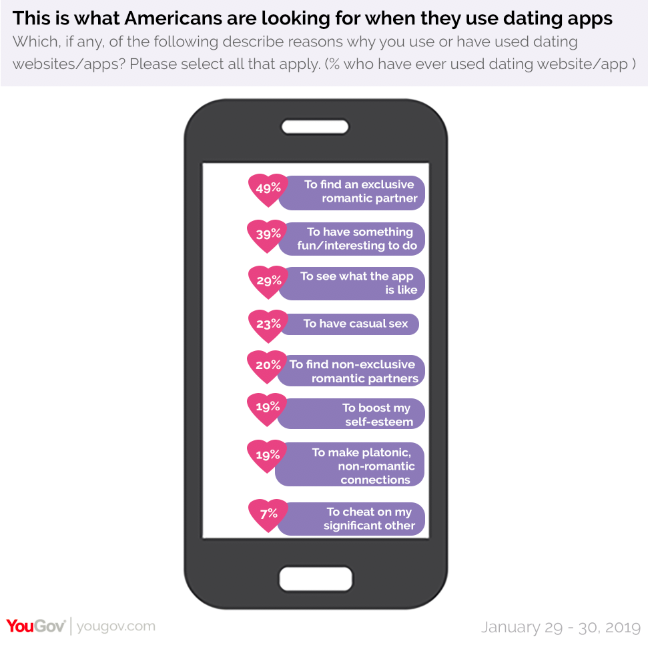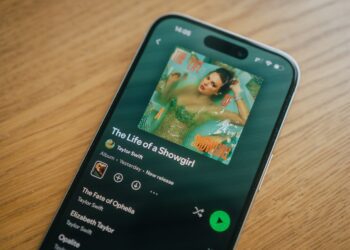Desde cómo se conocen las parejas hasta cómo gastan, las personas están experimentando tendencias cambiantes con respecto al amor.
Desde las citas hasta los gastos, los Millennials y GenZ han presentado nuevos hábitos y formas de vivir y expresar el amor.
Cuando se trata de conocer a un alma gemela, la intermediación de amigos ha sido la mejor fuente de conexiones con otros desde el final de la Segunda Guerra Mundial, pero ha estado en declive durante la mayor parte del siglo XX, ya que las aplicaciones en línea como Facebook, mejor para entablar relaciones con viejos conocidos, y eHarmony, para parejas compatibles, con un fuerte pico entre las generaciones más jóvenes, un número cada vez mayor de personas que se citan heterosexuales y homosexuales está optando por reunirse con su pareja en línea, según encuestas realizadas y analizadas por la Universidad de Stanford e informes de Pink News .
For heterosexuals, meeting though friends was the most important rom the end of World War II until 2013, when online hookups began surpassing as the main way to find a partner. For same-sex couples, a study called “disintermediating your friends,” carried out by Michael Rosenfeld and Sonia Hausen of Stanford University, and Reuben J. Thomas of the University of New Mexico, revealed that 65 % of same-sex couples that got together in 2017 met online. Researchers also found that the next most common way for same-sex couples to get together in the US, after meeting online, was in a bar or restaurant. The least common way was through church.
Now, before we start judging methods and criticize its questionable image, online dating isn’t all about casual sex and promiscuity according to a recent YouGov poll, which revealed that the most cited reason to use a dating app/website among Americans is finding an exclusive romantic partner. In fact every second respondent is looking for something serious online, while only 23% are chasing after more casual acquaintances.
A dark turn
However, as online hookups have peaked across generations, so have love scams, and it can cost quite a buck.
A U.S. Federal Trade Commission (FTC) report found that the number of romance related scams have been on alarming rates over the past five years, with losses exceeding $230 million dollars annually, more so when age is not necessarily an impediment for this practice, as both younger generations and elders are a great target for these scams.
Read more about this CEO North America story here.


Valentine’s 2020 spending set to peak
The National Retail Federation (NRF) has forecast that Americans will fork over a total of $27.4 billion on cards, flowers, chocolates and candlelight dinners. That’s a record level of spending and represents a steep percent increase on 2018’s planned spending figure of $20.7 billion.
It adds that those celebrating the holiday said they plan to spend an average $196.31, up 21 percent over last year’s previous record of $161.96. Spending is expected to total $27.4 billion, up 32 percent from last year’s record $20.7 billion.
The unusually large increase in average spending appears to be due to strong consumer finances and a continued trend of consumers buying more gifts, cards, candy and flowers for friends, family, co-workers and pets. The increase in total spending comes as the number of people celebrating Valentine’s Day returned to 55 percent, about average for the past decade, after a dip to 51 percent last year, NRF reports.












